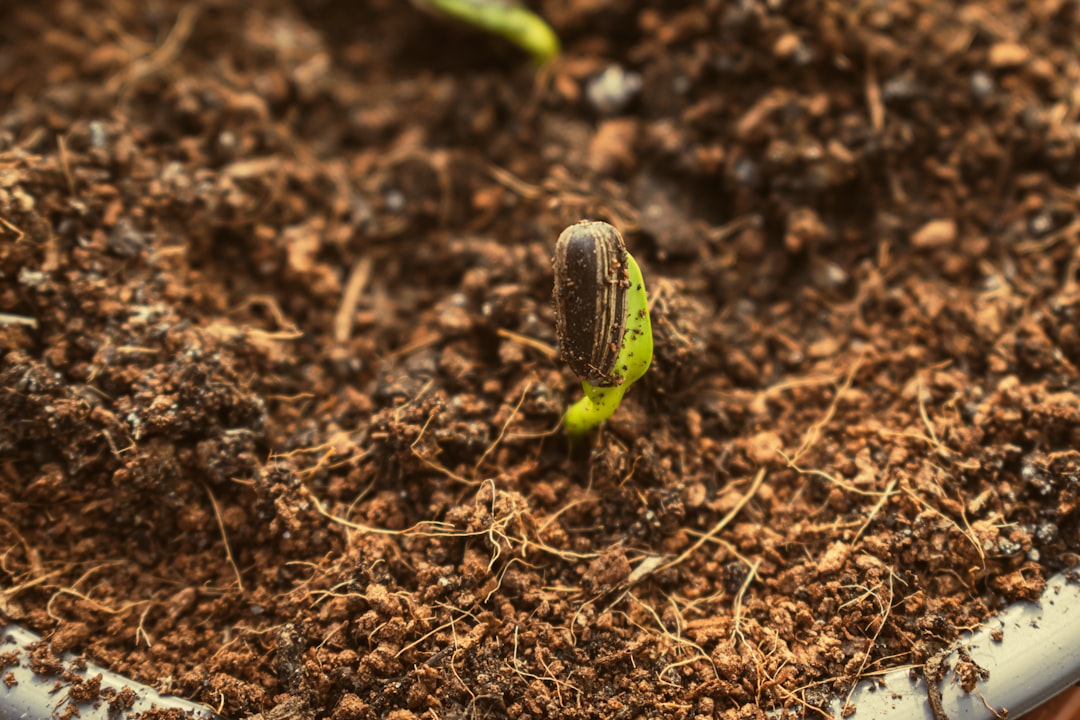Starting new plants from seeds is one of the most rewarding experiences for gardeners and plant enthusiasts. But what really happens when a seed transforms into a thriving plant? Understanding seed anatomy and the germination process can help you improve your success rate and cultivate strong, healthy plants.
The Anatomy of a Seed
Seeds may look small and simple, but they are packed with all the necessary components to grow into a new plant. A typical seed consists of three main parts:
- Seed Coat (Testa): The outer protective layer that shields the seed from environmental stresses, such as extreme temperatures, drying out, and pathogens.
- Endosperm: A nutrient-rich tissue that provides the initial energy source for the growing seedling.
- Embryo: The miniature plant inside the seed, which contains the essential structures needed for growth, including the radicle (root precursor), hypocotyl (stem precursor), and cotyledons (seed leaves).
The Germination Process
Germination is the process by which a seed emerges from dormancy and begins to grow into a new plant. This process is influenced by several key factors, including moisture, oxygen, temperature, and sometimes light. Below are the stages of seed germination:
- Imbibition: The seed absorbs water, causing it to swell and soften the seed coat. This triggers metabolic activities necessary for growth.
- Activation of Metabolism: Stored nutrients in the endosperm break down into usable energy, fueling the early stages of development.
- Radicle Emergence: The radicle (embryonic root) breaks through the seed coat and anchors the plant into the soil.
- Shoot Development: The hypocotyl elongates, pushing the cotyledons above the soil surface. In dicots, these seed leaves provide the first source of energy through photosynthesis.
- True Leaves Formation: Once the first set of true leaves develops, the seedling transitions to self-sustained growth and begins absorbing nutrients from the soil.
Factors Affecting Seed Germination
- Water: Essential for activating enzymes and breaking down stored nutrients.
- Oxygen: Required for cellular respiration and energy production.
- Temperature: Different seeds have optimal temperature ranges for germination, generally between 65°F and 75°F (18°C – 24°C).
- Light or Darkness: Some seeds require light (e.g., lettuce), while others germinate best in darkness (e.g., beans).
- Seed Viability: Fresh and properly stored seeds have a higher germination rate than old or damaged ones.
Enhancing Germination Success
- Scarification: Gently scratching or nicking tough seed coats to improve water absorption.
- Stratification: Simulating natural winter conditions by chilling seeds before planting.
- Pre-soaking: Soaking seeds in water for several hours to speed up the imbibition process.
- Proper Soil and Moisture Levels: Using well-draining soil and maintaining consistent moisture without overwatering.
Conclusion
By understanding the anatomy of seeds and the science behind germination, gardeners can optimize their planting techniques and achieve higher success rates. Whether you are growing vegetables, flowers, or trees, providing the right conditions for germination will set the stage for strong and healthy plants. So the next time you sow a seed, take a moment to appreciate the incredible biological journey happening just beneath the soil!

Comments
No comments yet. Be the first to comment!
You must be logged in to comment. Login